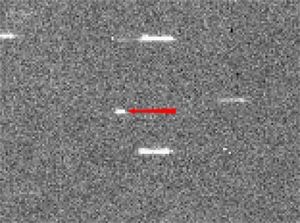Biologists at UC San Diego have discovered that bacteria--often viewed as lowly, solitary creatures--are actually quite sophisticated in their social interactions and communicate with one another through similar electrical signaling mechanisms as neurons in the human brain.
In a study published in this week's advance online publication of
Nature, the scientists detail the manner by which
bacteria living in communities communicate with one another electrically through proteins called "ion channels.""Our discovery not only changes the way we think about bacteria, but also how we think about our brain," said Gürol Süel, an associate professor of molecular biology at UC San Diego who headed the research project. "All of our senses, behavior and intelligence emerge from electrical communications among neurons in the brain mediated by ion channels. Now we find that bacteria use similar ion channels to communicate and resolve metabolic stress.
Our discovery suggests that neurological disorders that are triggered by metabolic stress may have ancient bacterial origins, and could thus provide a new perspective on how to treat such conditions."
"Much of our understanding of electrical signaling in our brains is based on structural studies of bacterial ion channels" said Süel. But how bacteria use those ion channels remained a mystery until Süel and his colleagues embarked on an effort to examine long-range communication within biofilms--organized communities containing millions of densely packed bacterial cells.
These communities of bacteria can form thin structures on surfaces--such as the tartar that develops on teeth--that are highly resistant to chemicals and antibiotics.



Comment: See also: Surprise asteroid to give Earth a Halloween flyby